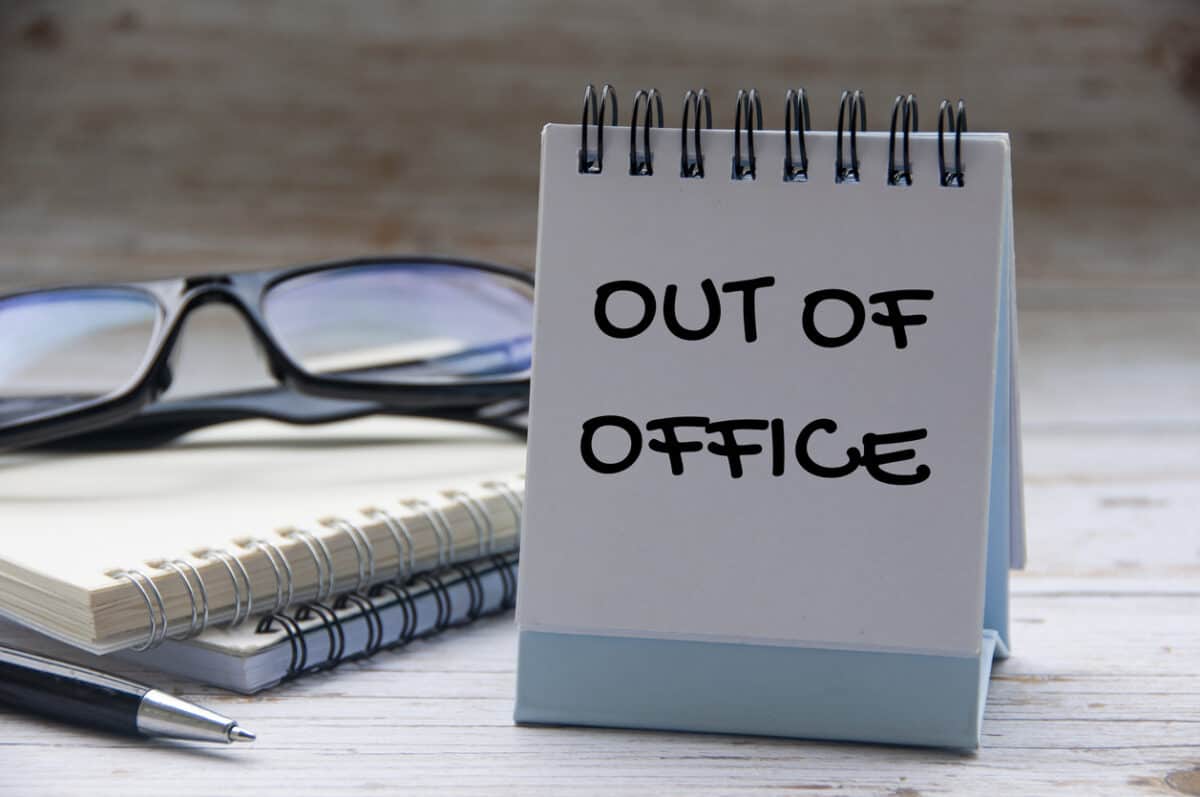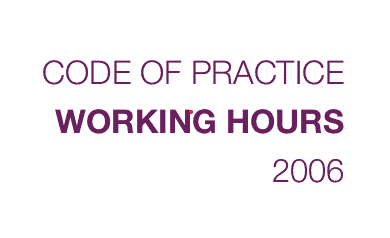Purposeful or lazy discussion of Right-To-Disconnect and Working-From-Home?
There is a curious development in the current discussion in Australia about the newly introduced Right-To-Disconnect (RTD). Many are conflating RTD with Working From Home (WFH) – two separate but slightly overlapping changes to the world of work – which is impeding valid and necessary discussion. Working From Home largely emerged as a response to …







